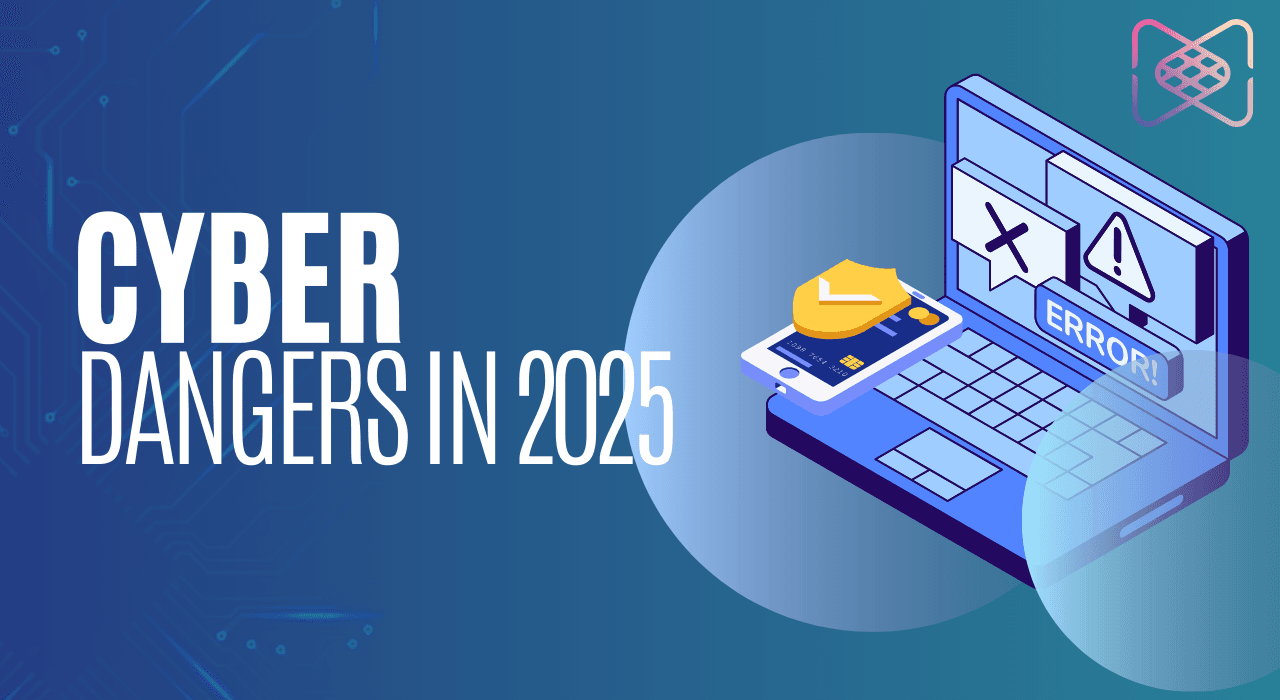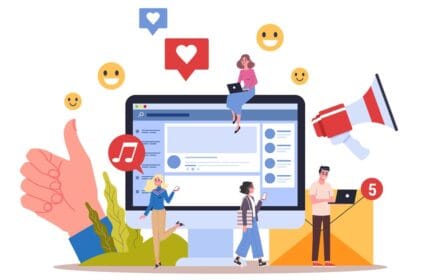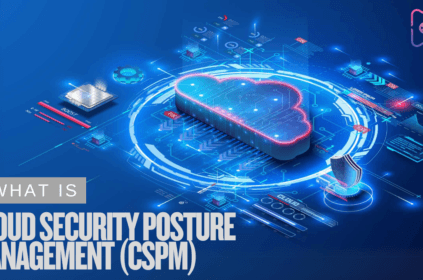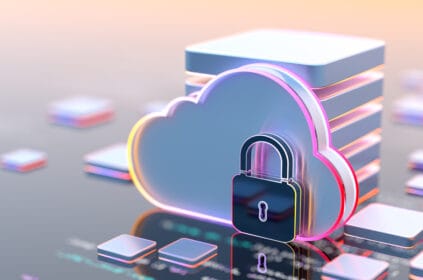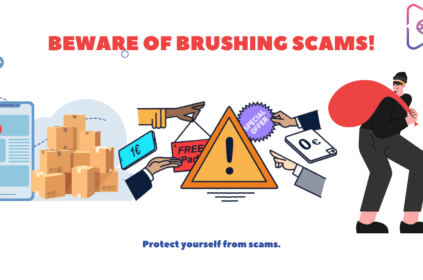“Cybersecurity is much more than a matter of IT. It’s a matter of trust.” – Ginni Rometty, former CEO of IBM
Introduction
Let’s be honest—our lives revolve around the internet. Whether we’re working, shopping, banking, or just scrolling through social media, we are constantly connected. But with all this convenience comes a serious downside: cyber threats.
Cybercriminals are getting smarter, using more advanced tactics to steal data, disrupt businesses, and even hold entire organizations hostage. If you want to stay ahead of these evolving threats, it’s important to understand the emerging trends in cybersecurity. Check out the latest cybersecurity trends for 2025 to ensure you’re prepared for what’s coming.
So, what are these cyber threats, and how can we protect ourselves? Let’s break them down.
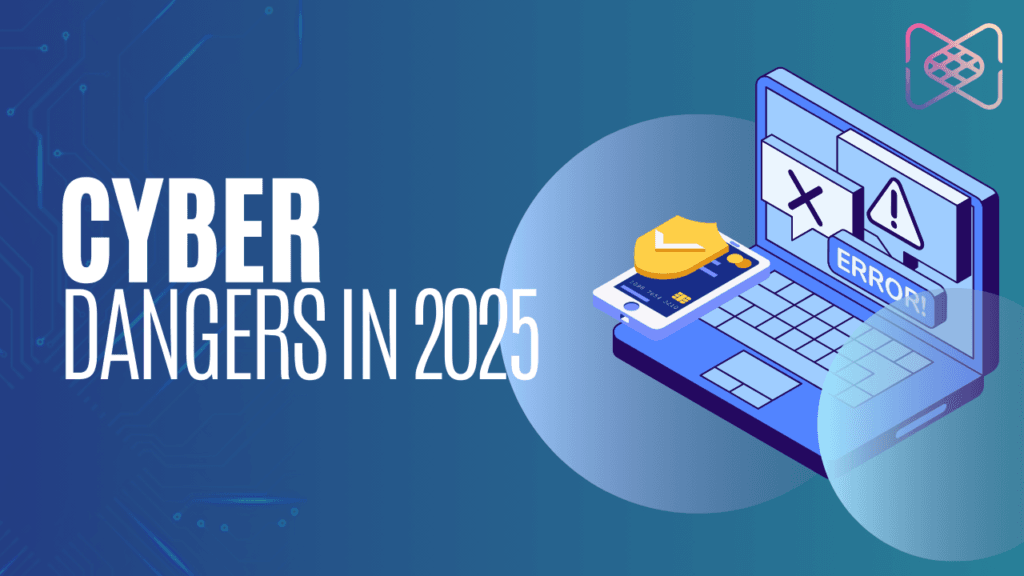
What Are Cyber Threats?
Cyber threats refer to any malicious attempt to damage, steal, or gain unauthorized access to data or digital systems. They come in many forms—some trick us into revealing personal information, while others silently infiltrate our devices and wreak havoc.
With AI and automation making cyber attacks more sophisticated than ever, staying informed is no longer optional. It’s a necessity.
10 Common Types of Cyber Threats in 2025
1. Phishing – The Art of Deception
Phishing is one of the oldest tricks in the book, but it’s still one of the most effective. It’s when cybercriminals impersonate legitimate companies or individuals to trick you into giving up sensitive information—like passwords or credit card details.
- How it works: You receive an email or text that looks legit, urging you to click a link, enter your credentials, or download an attachment.
- Why it’s dangerous: Clicking that link or opening that file can lead to stolen information or malware installation.
How to stay safe:
- Never click on suspicious links.
- Always verify the sender’s email address.
- Enable multi-factor authentication (MFA) to add an extra layer of security.
2. Malware – The Silent Invader
Malware (short for “malicious software”) is designed to infiltrate your device and cause damage. It includes viruses, worms, ransomware, and spyware.
- How it works: You might download an infected file, click a malicious ad, or visit a compromised website.
- Why it’s dangerous: Some malware locks your files (ransomware), while others spy on your activity (spyware).
How to stay safe:
✔️ Use a reputable antivirus program.
✔️ Avoid downloading files from unknown sources.
✔️ Keep your operating system and software updated.
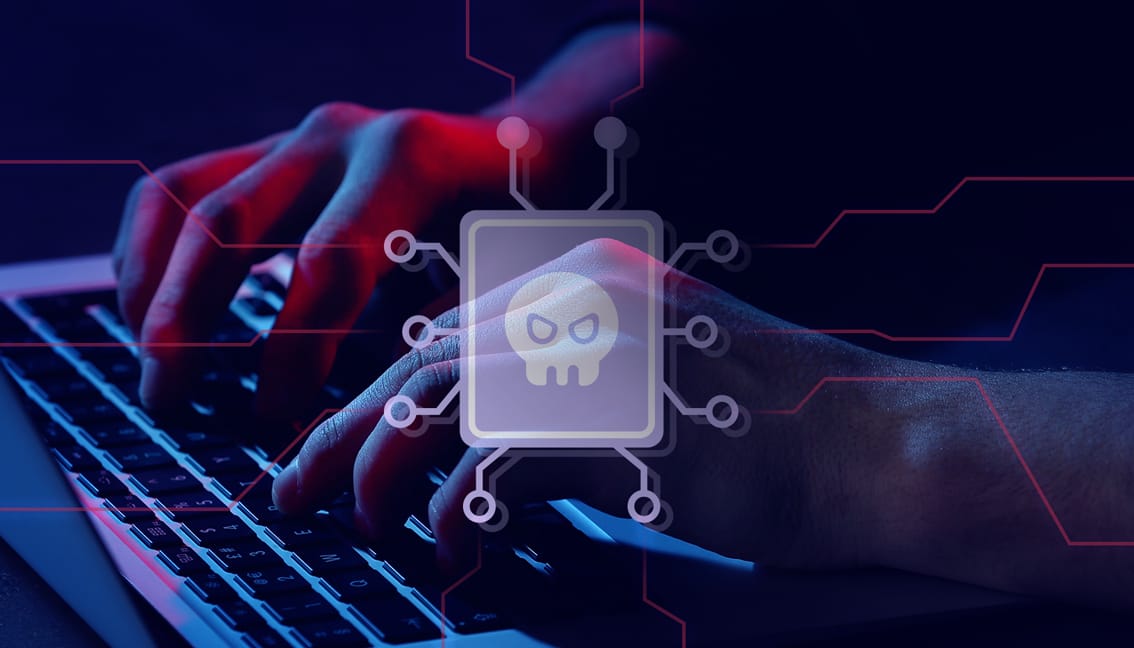
3. Ransomware – Holding Your Data Hostage
Ransomware is a specific type of malware that encrypts your files and demands a ransom to unlock them. If you don’t pay, you lose access—sometimes forever.
In some instances, breaches like the Durex India data breach show how sensitive consumer information can be exposed, making it even more critical to protect against ransomware attacks.
- How it works: You download an infected attachment or visit a malicious site, and suddenly, your files are locked.
- Why it’s dangerous: Even if you pay the ransom, there’s no guarantee you’ll get your files back.
How to stay safe:
✔️ Backup important files regularly.
✔️ Never pay the ransom—it encourages more attacks.
✔️ Be extra cautious when opening email attachments.
4. Denial-of-Service (DoS) & Distributed Denial-of-Service (DDoS) Attacks
Ever tried accessing a website, but it wouldn’t load? That might be a DDoS attack in action. These attacks flood websites or networks with so much traffic that they crash.
How it works: Attackers use a network of infected devices (botnets) to overwhelm a target.
Why it’s dangerous: Businesses lose revenue, and critical services can be shut down.
How to stay safe:
✔️ Use a reliable web hosting service with DDoS protection.
✔️ Monitor traffic for unusual activity.
✔️ Keep security software up to date.
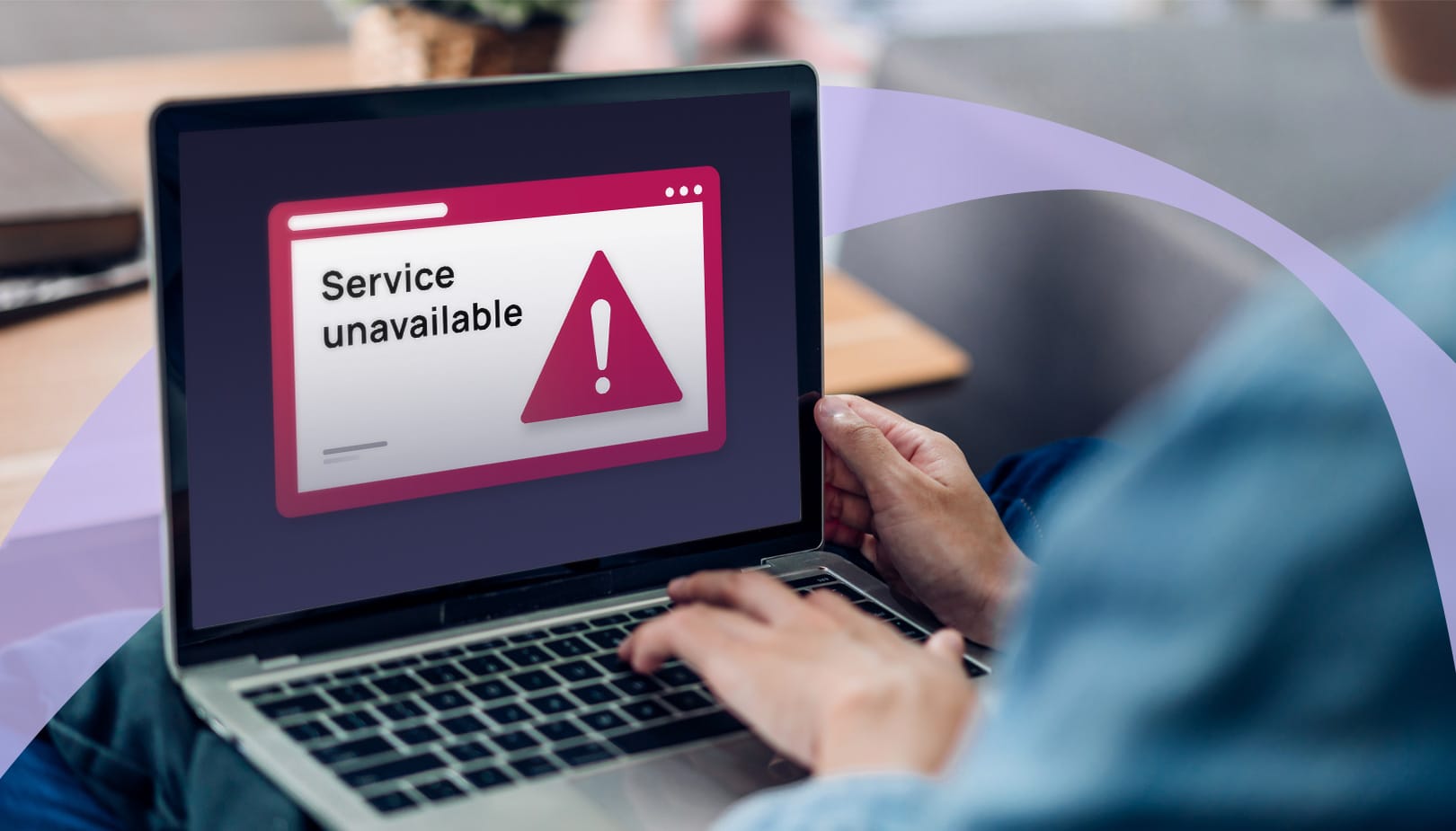
5. Man-in-the-Middle (MitM) Attacks – Eavesdropping on Your Conversations
Imagine sending a message to your bank, but a hacker intercepts it and alters the details. That’s a Man-in-the-Middle attack.
- How it works: Hackers position themselves between you and a trusted service, stealing or modifying data.
- Why it’s dangerous: Sensitive information like passwords and financial details can be stolen.
How to stay safe:
✔️ Avoid using public Wi-Fi for banking or sensitive transactions.
✔️ Always check for “HTTPS” in website URLs.
✔️ Use a Virtual Private Network (VPN).
6. SQL Injection – Hacking into Websites
SQL injection is an attack that targets databases by injecting malicious code into input fields (like login forms).
- How it works: Hackers exploit weaknesses in websites to gain access to stored data.
- Why it’s dangerous: They can steal customer data, manipulate financial records, or even delete information.
How to stay safe:
✔️ Developers should implement proper security measures like input validation.
✔️ Regularly update and patch website software.
✔️ Use security plugins and firewalls.

7. Zero-Day Exploits – Attacking Before a Fix Exists
Zero-day exploits target unknown vulnerabilities in software before developers have a chance to fix them.
- How it works: Hackers discover a flaw in software and exploit it before a security patch is released.
- Why it’s dangerous: There’s no immediate defense against these attacks.
How to stay safe:
✔️ Keep all software and applications updated.
✔️ Enable automatic updates.
✔️ Use endpoint security solutions.
8. Brute Force Attacks – Guessing Passwords Until They Get In
Hackers use automated tools to guess passwords until they find the right one.
- How it works: They try different combinations of usernames and passwords until they crack your account.
- Why it’s dangerous: Weak passwords make it incredibly easy for attackers to break in.
How to stay safe:
✔️ Use strong, unique passwords.
✔️ Enable multi-factor authentication (MFA).
✔️ Avoid using common passwords like “123456” or “password”.

9. Credential Stuffing – Using Stolen Passwords Against You
If you reuse passwords across multiple accounts, this one’s for you!
- How it works: Hackers take stolen login credentials from one breach and try them on other accounts.
- Why it’s dangerous: If your email and password were leaked in a past breach, attackers could access your bank account, email, and more.
How to stay safe:
✔️ Use a password manager to create and store unique passwords.
✔️ Enable MFA on all accounts.
✔️ Regularly check if your email has been compromised (try haveibeenpwned.com).
10. Insider Threats – The Danger Within
Sometimes, the biggest threat comes from inside an organization. Employees, contractors, or partners can misuse their access for malicious purposes.
- How it works: An insider leaks data, installs malware, or manipulates systems.
- Why it’s dangerous: Insider attacks are harder to detect and can be devastating.
How to stay safe:
✔️ Limit employee access to sensitive data.
✔️ Monitor user activity for suspicious behavior.
✔️ Educate employees about cybersecurity risks.
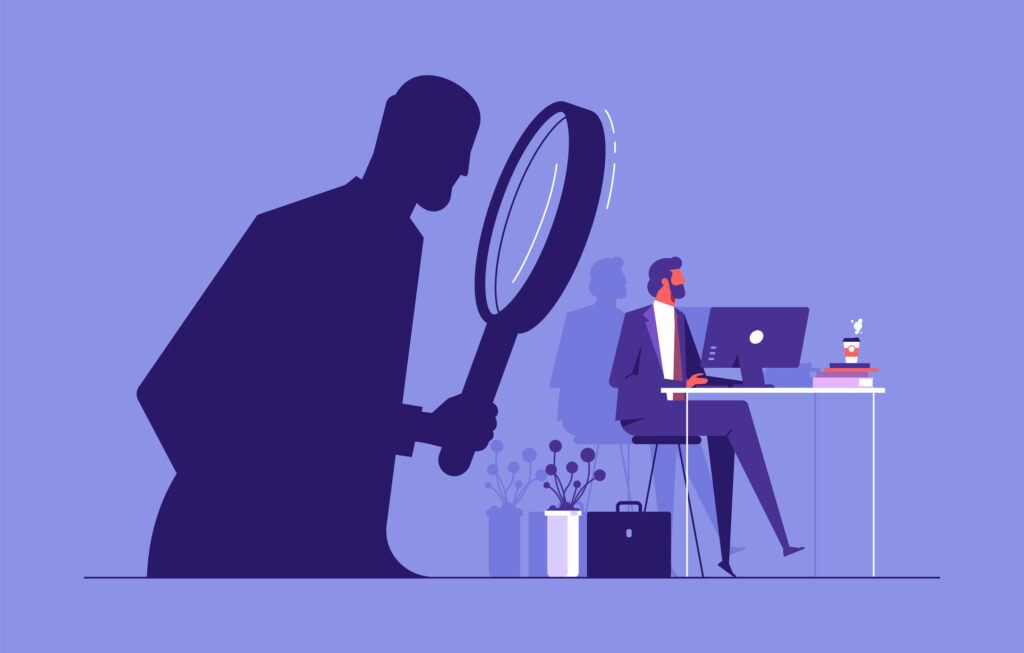
Final Thoughts
Cyber threats are constantly evolving, becoming more sophisticated and harder to detect. With the rise of AI-powered attacks, automated hacking tools, and an increasing reliance on digital systems, the risks are greater than ever. Individuals and businesses alike must recognize that cybersecurity is no longer optional—it’s a necessity. A single vulnerability, whether it’s a weak password, an outdated software patch, or a careless click on a phishing email, can lead to devastating consequences, from financial loss to identity theft and even national security threats. Staying informed about cyber threats and implementing proactive security measures is the best defense against these growing dangers.
The good news is that cybersecurity isn’t just for experts—everyone can take steps to stay protected. Using strong passwords, enabling multi-factor authentication (MFA), keeping software updated, and practicing safe browsing habits can significantly reduce risks. Businesses should prioritize employee training, regular security audits, and data backups to minimize the impact of potential cyberattacks. As technology advances, so will cyber threats, but with awareness and the right precautions, we can create a safer digital environment for everyone. Stay vigilant, stay secure, and take cybersecurity seriously—it’s your best line of defense in today’s digital world.
